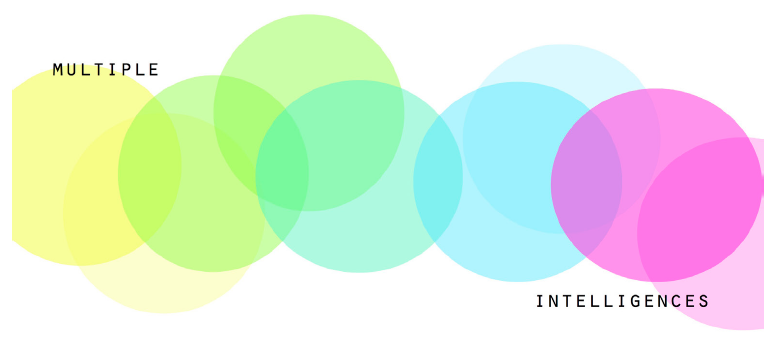
Multiple Intelligence Learning in Classrooms
If you were to remember your elementary school classroom, you probably will recall moments of learning times tables and how to spell. Math, writing and reading are the most emphasized skills in most classrooms in the United States. This curricula strategy has its roots in a Western, male dominated tradition which no longer is applicable to the ever-changing populations in schools. Multiple Intelligence Theory allows students to figure out how they best learn, and discover what
their interests and passions are in a guided manner. When children learn how to approach a problem from numerous perspectives, they become more well-rounded thinkers. Steven Mithen’s claim for how the mind of modern humans operates insists that we hold a “cognitive fluid mentality,” rather than a compartmentalized one. To give students a chance to utilize their minds to the fullest, educators must present opportunities to engage these different areas of intelligence and allow them to interact. At the Miquon School, a progressive education school, students are familiar with Multiple Intelligence learning. I observed the use of some pedagogical techniques in a single 5th and 6th grade classroom. I then taught a lesson of my own on the meaning of color, implementing a Multiple Intelligence curricula. From the materials created by the students in that time, I have synthesized a visual that portrays the process of learning and the complex interactions that ultimately resolve in further understanding.
SECTOR C
THESIS ADVISORS:
Anna Neighbor (FNAR)
Karen Detlefsen (PHIL)

 Visual Studies
Visual Studies